Structure of a flowering plant
I can name the different parts of flowering plants.
Structure of a flowering plant
I can name the different parts of flowering plants.
These resources will be removed by end of Summer Term 2025.
Switch to our new teaching resources now - designed by teachers and leading subject experts, and tested in classrooms.
These resources were created for remote use during the pandemic and are not designed for classroom teaching.
Lesson details
Key learning points
- Plants are made up of different parts.
- The parts of a plant are also known as the structure of a plant.
- The main parts of a flowering plant are roots, stem, leaves and flower.
- The parts of flowering plants can be looked at closely using observation skills.
- The parts of a flowering plant may look different at different times of the year.
Keywords
Plants - A plant is a living thing that often has roots, stem and leaves.
Roots - The part of a plant that anchors it in the soil is called the root. Roots take in water for the plant.
Stem - The stem of a plant supports the leaves and flowers.
Leaves - A leaf is the part of a plant where the plant makes its food using the process of photosynthesis.
Flower - A flower is the part of a plant that makes it able to reproduce.
Common misconception
Children may think that all plants look the same/similar with the same style petals and leaves.
Provide examples of flowering plants with leaves and petals of different shapes, sizes and colour.
To help you plan your year 1 science lesson on: Structure of a flowering plant, download all teaching resources for free and adapt to suit your pupils' needs...
To help you plan your year 1 science lesson on: Structure of a flowering plant, download all teaching resources for free and adapt to suit your pupils' needs.
The starter quiz will activate and check your pupils' prior knowledge, with versions available both with and without answers in PDF format.
We use learning cycles to break down learning into key concepts or ideas linked to the learning outcome. Each learning cycle features explanations with checks for understanding and practice tasks with feedback. All of this is found in our slide decks, ready for you to download and edit. The practice tasks are also available as printable worksheets and some lessons have additional materials with extra material you might need for teaching the lesson.
The assessment exit quiz will test your pupils' understanding of the key learning points.
Our video is a tool for planning, showing how other teachers might teach the lesson, offering helpful tips, modelled explanations and inspiration for your own delivery in the classroom. Plus, you can set it as homework or revision for pupils and keep their learning on track by sharing an online pupil version of this lesson.
Explore more key stage 1 science lessons from the Identifying plants and their basic parts unit, dive into the full secondary science curriculum, or learn more about lesson planning.

Equipment
A selection of flowering plants, hand lenses and magnifying glasses.
Content guidance
- Exploration of objects
Supervision
Adult supervision recommended
Licence
Starter quiz
6 Questions
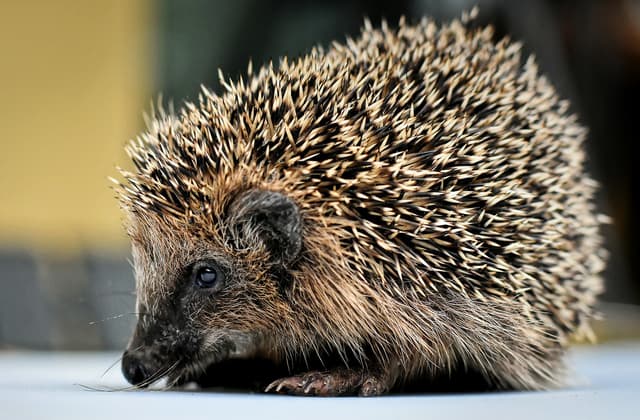
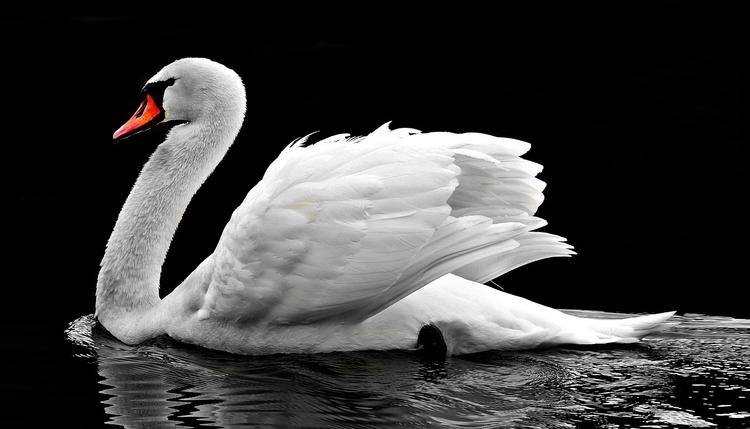
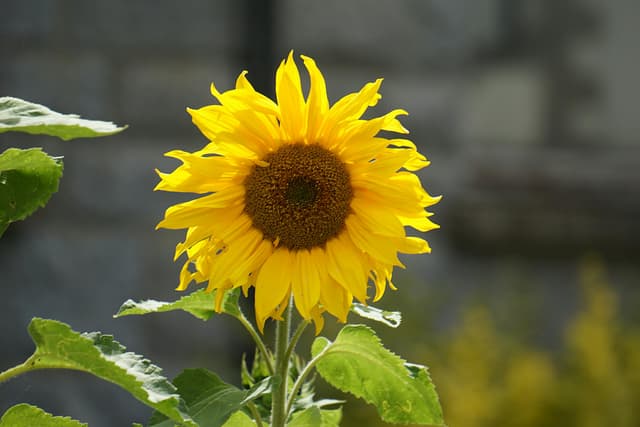
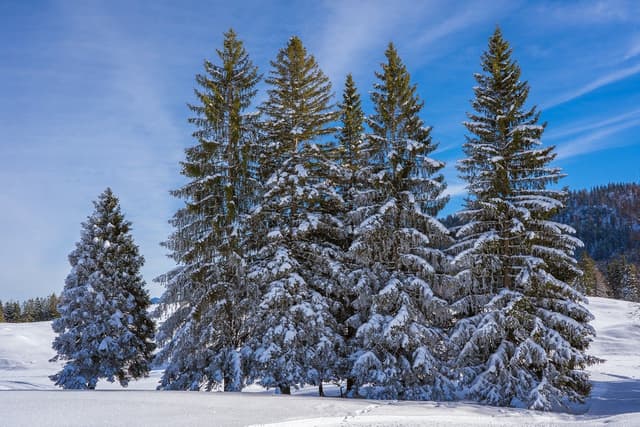



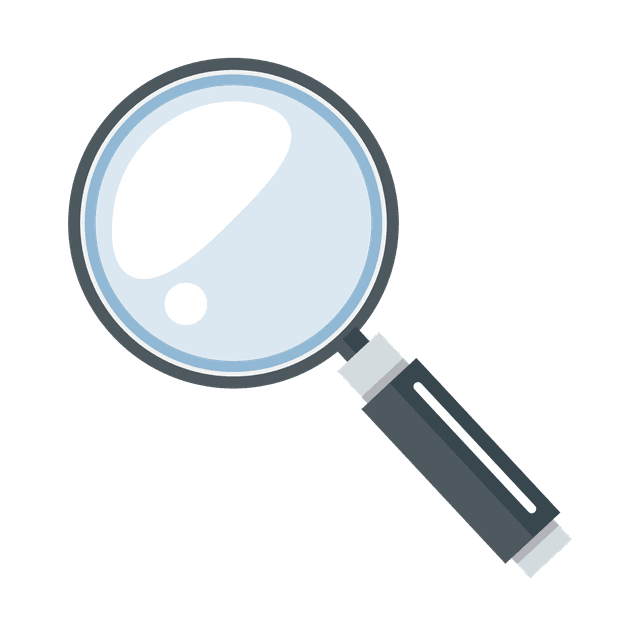

Exit quiz
6 Questions

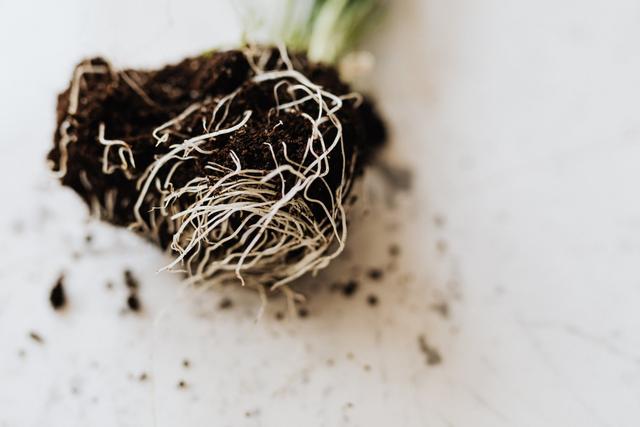
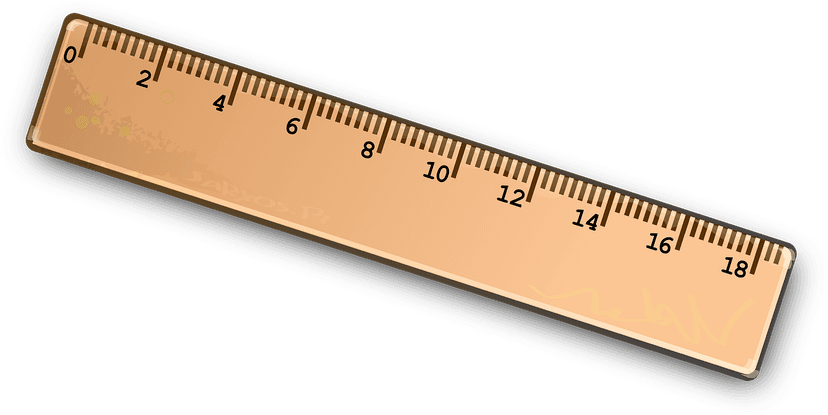



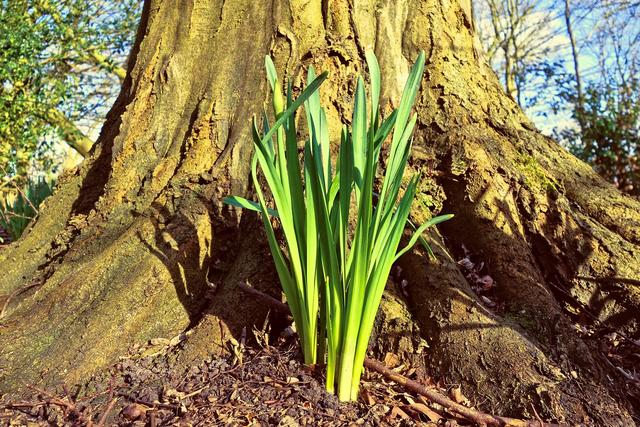

stem
roots
flowers
leaves


